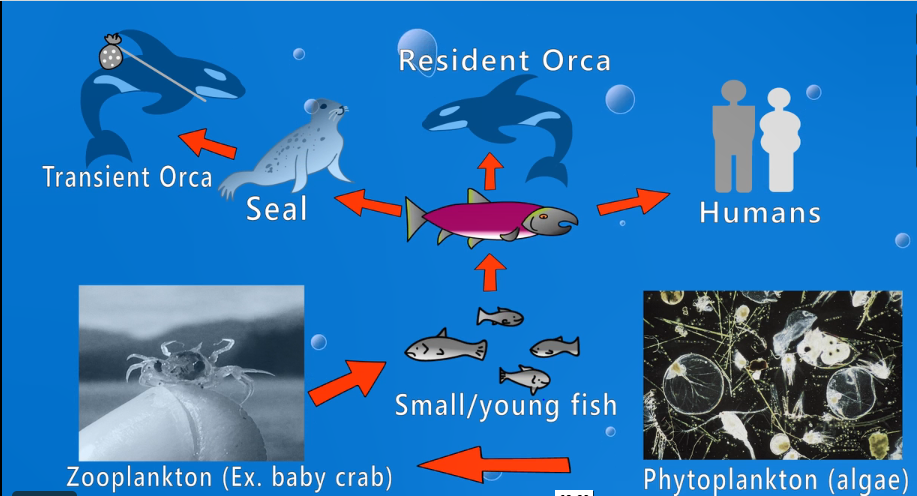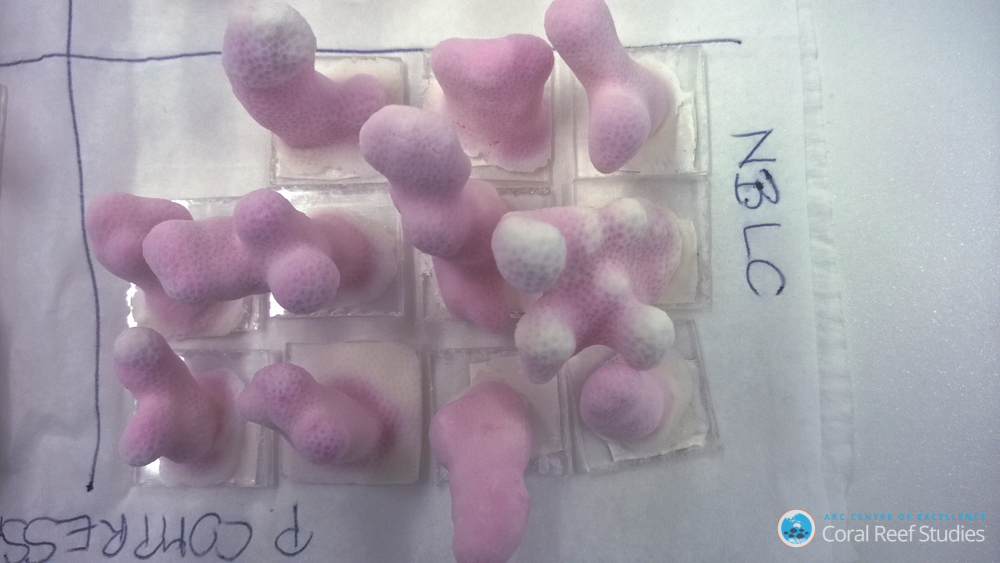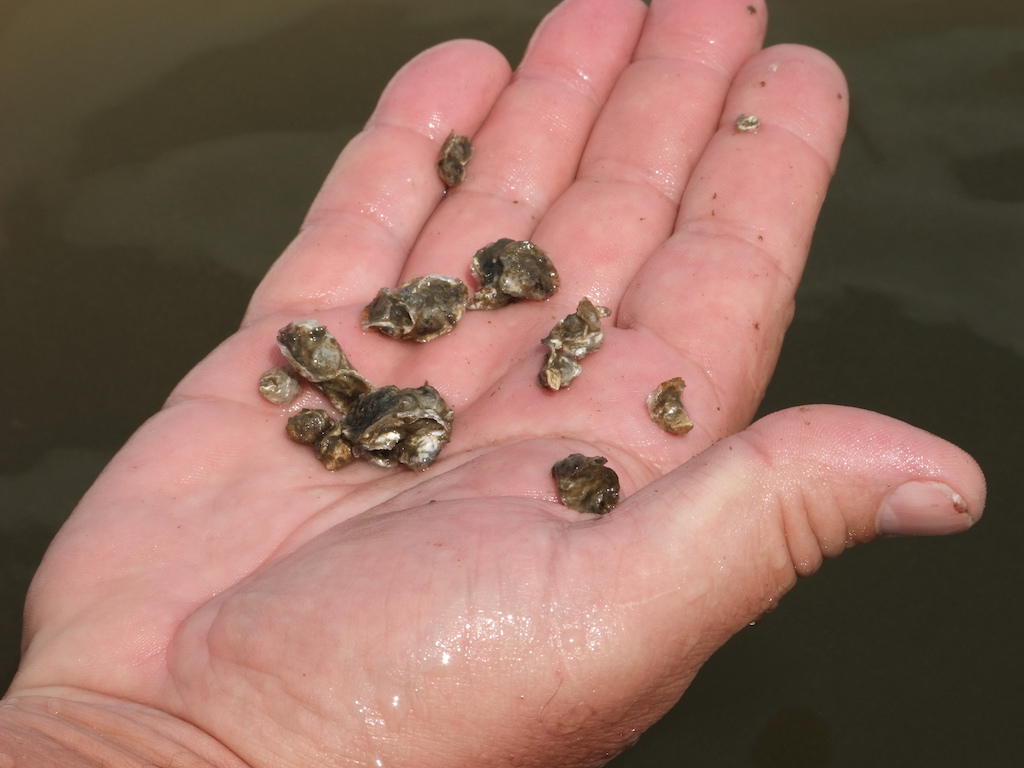
Latest Science Updates to the 2012 WA State Blue Ribbon Panel Report
The Washington state governor’s appointed board, the Marine Resources Advisory Council, released its first update in five years to the state’s coordinated response to ocean acidification. In the five years since the Blue Ribbon Panel’s report, there have been significant scientific advances and progress made on the 42 recommended actions. The report highlights the new research that







